With a creative vision, the Dutch government has come up with many solutions to help the country deploy and develop solar energy systems. This not only helps the Netherlands to be proactive in its energy sources but also solves the goals of carbon neutrality and climate change.
In early 2023, Hungarian company Platio completed a walking path paved with solar tiles in the Dutch city of Groningen to test the use of urban space for electricity production.
This impressive structure is fitted with 2,544 monocrystalline Patio solar panels, generating 55,000 kWh of electricity per year, powering Groningen's town hall. The Platio solar panels are made from four monocrystalline cells with a capacity of 21.5 W, with an efficiency of 21.8%.
People walking on a road paved with solar panel modules (Photo: pv-magazine)
Each paving tile measures 158.75 mm x 158.75 mm in the solar panel module, which measures 353 mm x 353 mm x 41 mm and weighs 6.5 kg. The module is encased in a 10 mm thick layer of tempered opal glass, and the module frame is made from highly durable recycled polymer composite plastic.
“Platio solar panels are doubly sustainable because they not only provide green energy but are also made with sustainable recycled plastic,” said Philip Broeksma of the Groningen Municipality Energy Council.
“At the same time, the solar module makes effective use of city space, the solar walkway generates electricity, people can still use the street, walk on the solar panels simply and safely. This is a typical example of the possibility of using city space intelligently and sustainably.”
This is just one of the impressive solar projects in the Netherlands. What is impressive is that they exploit the terrain to convert to clean energy.
Not only that, the Dutch also know how to effectively utilize landfill space to generate electricity.
In the Dutch countryside, 130 km east of Amsterdam, there is a 25 meter high “hill”. This hill has actually been a landfill for 15 years. Notably, this “hill” is covered with 23,000 solar panels, providing electricity for about 2,500 households in the area.
According to Dutch solar energy group TPSolar, this is a solar energy project, aiming to produce 8.9 MW of electricity for the Armhoede region, eastern Netherlands, taking shape from around the mid-2020s.
As of early 2023, the Netherlands had installed more than 48 million solar panels across the country. With this impressive achievement, the Netherlands has become a major solar power production center in Europe.
The Netherlands takes advantage of every space to develop solar energy (in photo: Solar panels installed on the roof; photo: Euronews)
Euronews commented that this creative application of the Netherlands can inspire the world on how to develop renewable energy systems, especially when the Netherlands is not a large country.
“Because the Netherlands is not a large area, we don’t have much space, so it’s important to know how to use the terrain for many different purposes,” said Bernd Nijen Twilhaar, coordinator of Solarfields, a Dutch solar energy company.
According to solar companies and analysts, the drivers of this shift in the Netherlands include falling equipment prices, an effective energy-efficiency subsidy program and ambitious government targets for cutting greenhouse gas emissions.
The Dutch government aims to generate 70% of its electricity from renewables by 2030, largely through expanding solar and wind power. The Netherlands' wind and solar farms have helped the country fill its electricity gap amid soaring energy prices while also addressing carbon neutrality and climate change goals.
Ngoc Chau


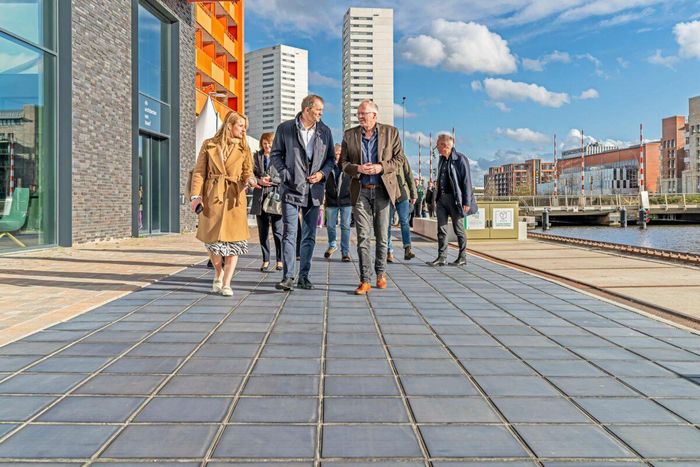
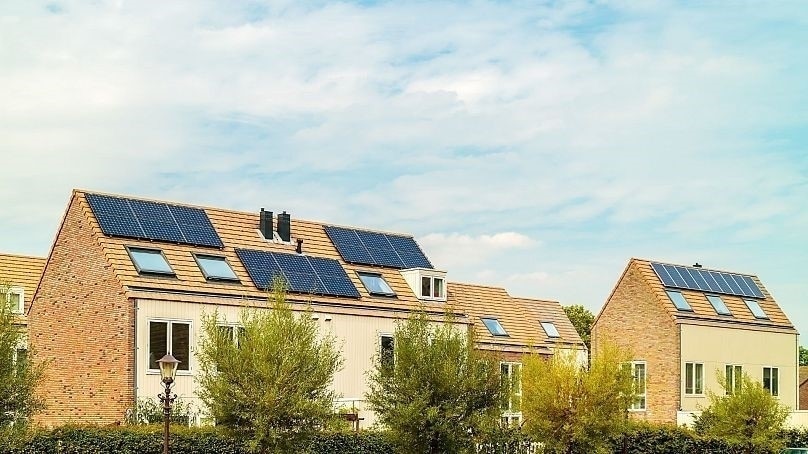
![[Photo] Prime Minister Pham Minh Chinh chairs a meeting of the Government Standing Committee to remove obstacles for projects.](https://vphoto.vietnam.vn/thumb/1200x675/vietnam/resource/IMAGE/2025/10/06/1759768638313_dsc-9023-jpg.webp)

![[Photo] Prime Minister Pham Minh Chinh chaired a meeting of the Steering Committee on the arrangement of public service units under ministries, branches and localities.](https://vphoto.vietnam.vn/thumb/1200x675/vietnam/resource/IMAGE/2025/10/06/1759767137532_dsc-8743-jpg.webp)
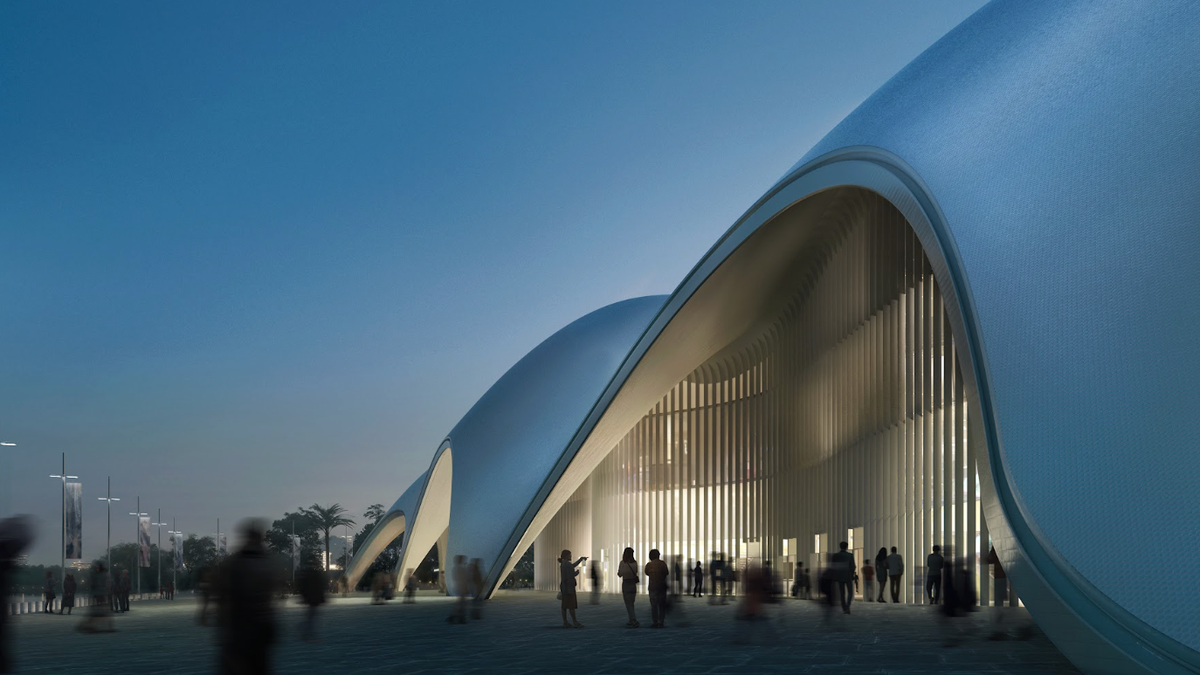




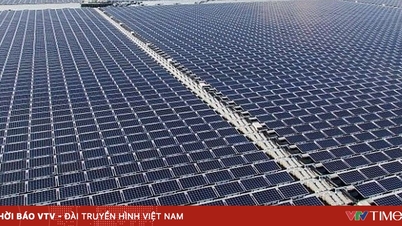

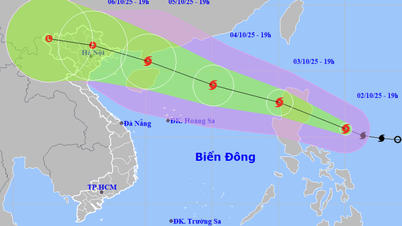


















































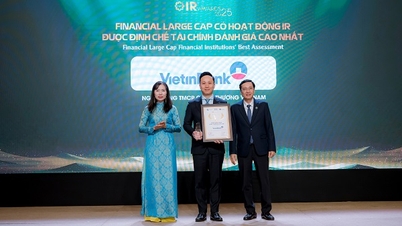




















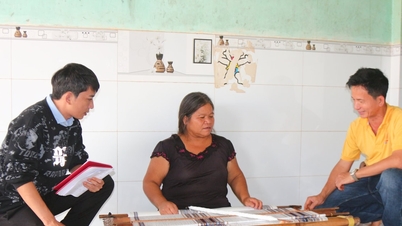


















Comment (0)